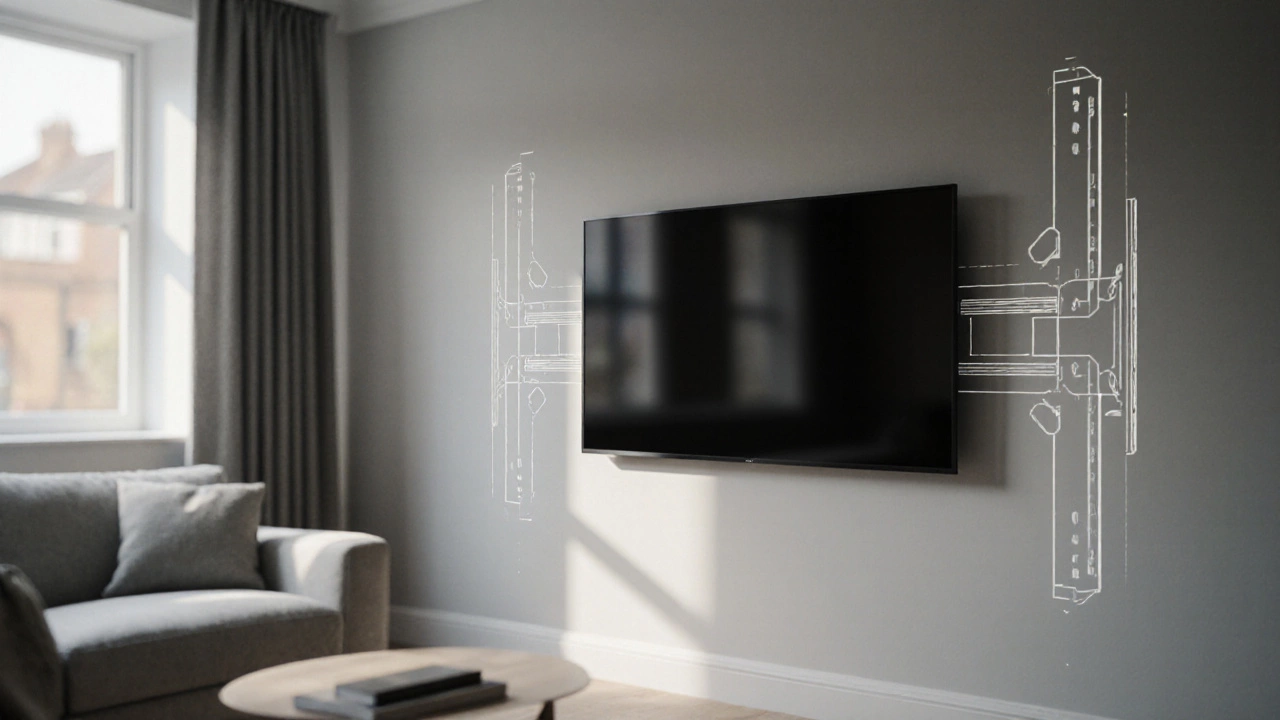TV Mounting Alternatives: Fresh Ways to Place Your Screen
When you’re exploring TV mounting alternatives, solutions that let you set up a television without drilling into the wall. Also known as non‑wall TV options, they open up design flexibility, safety and budget‑friendly choices.
Why consider alternatives to wall‑mounting?
One of the most common substitutes is a TV stand, a piece of furniture designed to support the screen at the right height. If you already own a sturdy dresser, you can turn it into a dresser TV stand, a repurposed storage unit that hides cables and adds extra drawers. A sleek media console or a floating shelf also fits the bill, each bringing its own vibe to a home theatre setup, the overall arrangement of screen, sound and seating. In short, TV mounting alternatives encompass a range of furniture pieces that replace the traditional wall mount.
Choosing the right alternative starts with measuring your screen. A 55‑inch TV, for example, typically needs a stand that’s at least 48‑inches wide and can hold 40‑50 kg. The stand’s height should keep the picture center at eye level when you’re seated, usually around 24‑30 inches from the floor. These dimensions link directly to the entity “TV stand size,” which dictates stability and viewing comfort. When you pick a piece that matches those specs, you avoid wobble, strain on the TV’s base and the dreaded tipping risk.
Safety isn’t just about weight limits. Wall‑mounting can hide cables behind drywall, but it also creates hidden hazards if the mount fails. An alternative like a sturdy TV stand lets you see and secure every cord, reducing the chance of accidental unplugging or tripping. Moreover, a repurposed dresser adds the benefit of extra storage, turning cable management into a stylish feature. That connection—repurposing a dresser influences living‑room storage—shows how functional design and safety walk hand in hand.
Cost plays a big role too. A quality wall‑mount kit can run $150‑$300, plus installation fees. In contrast, a mid‑range TV stand costs $200‑$400, and you often get cabinets or shelves for free. If you already own a dresser, the expense drops dramatically, making it a budget‑smart move. The financial trade‑off is a key factor when you compare “TV mounting risks” with the affordability of alternatives.
Aesthetics matter as much as practicality. A bamboo TV stand from Bamboo Tiger, for instance, blends eco‑friendly material with a modern tiger‑stripe accent, giving your living room a unique look while keeping the footprint low. Matching the stand’s finish with other furniture helps the whole room feel cohesive, something you can’t achieve with a hidden wall‑mount. This design harmony ties back to the broader “home theatre setup” entity, where each component—from seating to lighting—should support the visual experience.
Now that you understand the main players—TV stands, dresser conversions, floating shelves, and the surrounding considerations—you’re ready to explore the detailed guides below. Whether you need size charts, safety checklists, or style tips, the articles ahead cover every angle of making a smart, stylish choice without drilling a single hole.
Creative Ways to Support a TV Without a Stand
Discover practical, safe ways to support a TV without a stand-wall mounts, floating shelves, ceiling rigs, DIY risers, and more, plus cost and installation tips.
View more